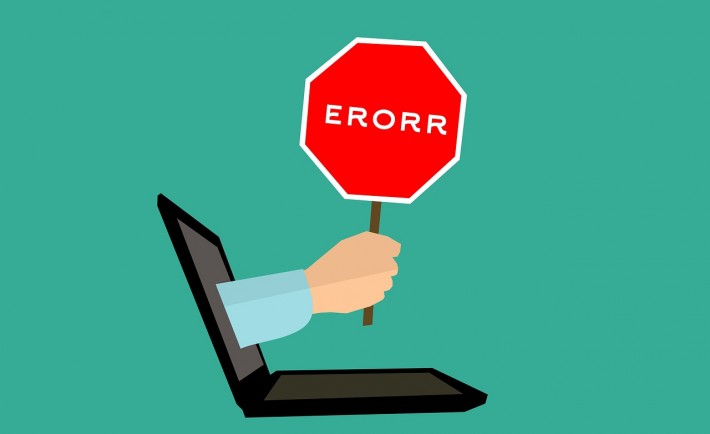As a business owner, your job is to make sure that your money goes as far as it can, and you can invest further money in your venture to continue growing. Nobody likes meeting the tax man, as they usually come around to find mistakes in our accounts or ask for more money. If you would like to know how to make the most out of your tax reliefs and get the best rates possible, read the below tips.
Business Trip Deductions
Not many business owners know that they can deduct their business trip expenses when submitting their taxation documents. How much you can claim will depend on the distance, your income, and other expenses, as well as your business type. You will need to check with your local tax office what the current rules, are, or get help with from a tax attorney and claim back your expenses to reduce your total payable tax bill. If you find recording and calculating your expenses too complicated, you might be able to take advantage of a cloud based accounting software that automatically works out your allowances.
Meals
Most people assume that all meals are deductible as an expense, however, in reality, you can only claim back 50 percent. You can, however, include the cost of meals you paid for when you had a business dinner with a potential customer or partner. You should check the current regulations and make sure that you get the right format of receipt that can be submitted as a proof of purchase. You might need to prove that you were present at the location when the next tax account review is due.
Tax Reductions Depend On Your Books
You will need to have your accounts and books in order if you would like to make successful tax reduction claims. If you seem to be spending beyond your business profits, you might be questioned, and an audit is imminent. Make sure that you don’t show reckless spending on your books, and you have a good financial balance sheet before you start claiming tax reductions, or you might have to answer some serious questions by the tax man.
Tax Breaks and Credits Can Help You Out
In periods when your business is not doing so well, you can ask for tax breaks and tax credits. It is important that you check the small business tax regulations before you submit your application, and tick all the boxes to qualify. There are certain criteria for tax relief and credits that you need to satisfy, or your request will be declined. You can even get these tax credits and breaks if you don’t have to submit a federal income tax return. There are different forms of rebates, such as the American Opportunity Credit and the earned income tax credit.
Making Estimated Payments
In most cases, you cannot delay paying your taxes until after the tax year, and you will have to make estimated payments to the Inland Revenue Service. You cannot use the government’s money all year, therefore, you will be sent regular contribution bills. This law applies to landlords and self employed people, therefore, you must make sure you have a sound financial plan and a budget that covers the regular business tax contributions.
Return Deadlines
If you would like to minimize your taxes, the last thing you want to do is miss the filing deadlines. You will be surprised how fast the penalties and charges can build up, and increase your tax bill in just a few months. Even if you cannot pay your bill, you should submit your return on time. After your calculation is completed, you can pay with a credit card, or set up an IRS payment plan. If you don’t file your tax return, you will still be liable for the payments, and will be exempt from the statute of limitations, which mean that the IRS can chase you for the unpaid taxes forever
You Can Get Your Passport Seized
If you don’t pay your taxes on time, after a certain time, your passport can be seized or invalidated. Even if they allow you to travel, your bank account will not be safe from the IRS, and payments will be deducted whenever there is a positive balance. Make sure that you talk to the taxman and discuss your options, instead of burying your head in the sand.
Business taxes can be complicated, and challenging for most. If you are confused, or don’t trust your judgment, talk to a professional instead of ending up with huge fines and penalties.
















